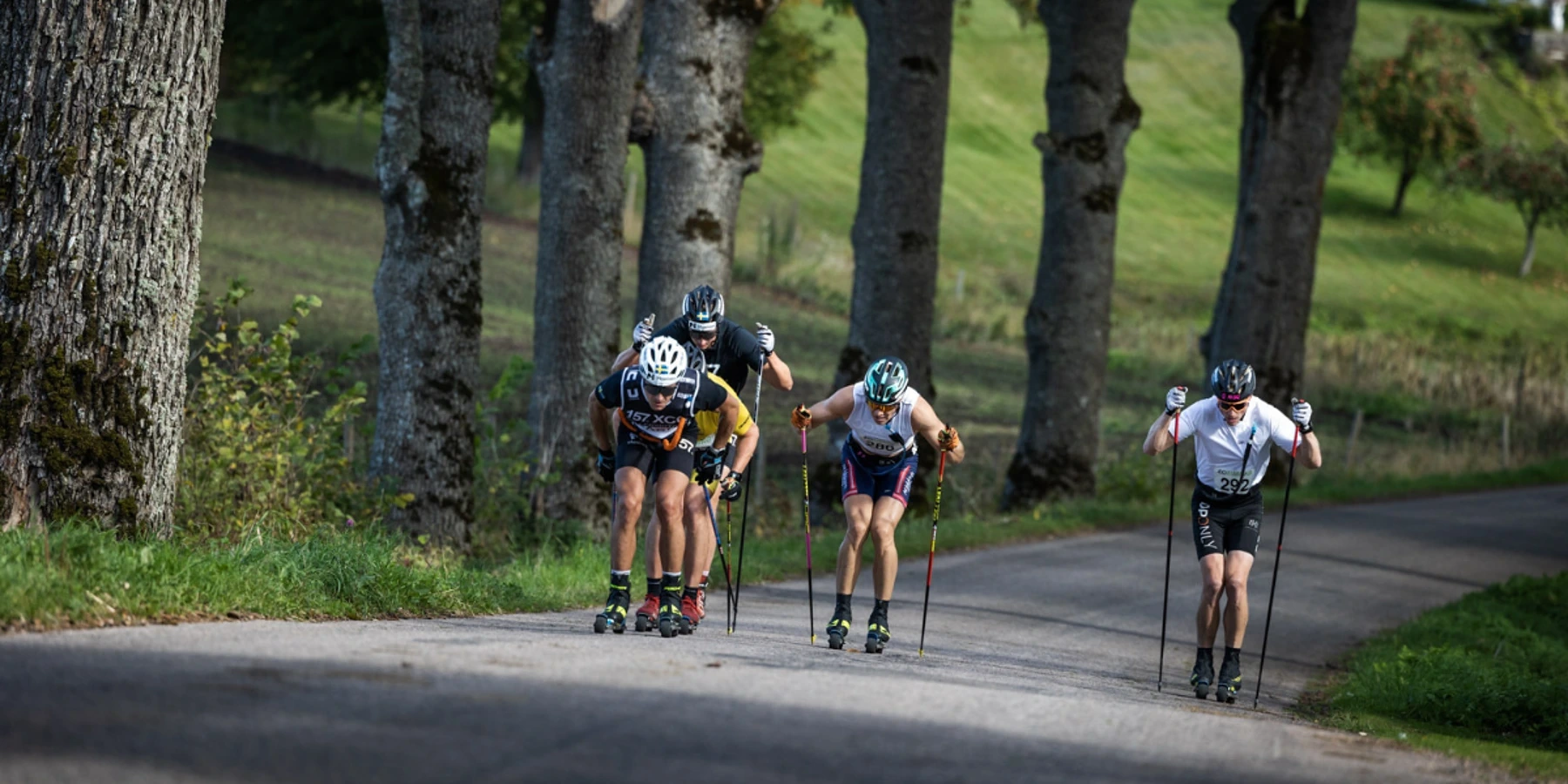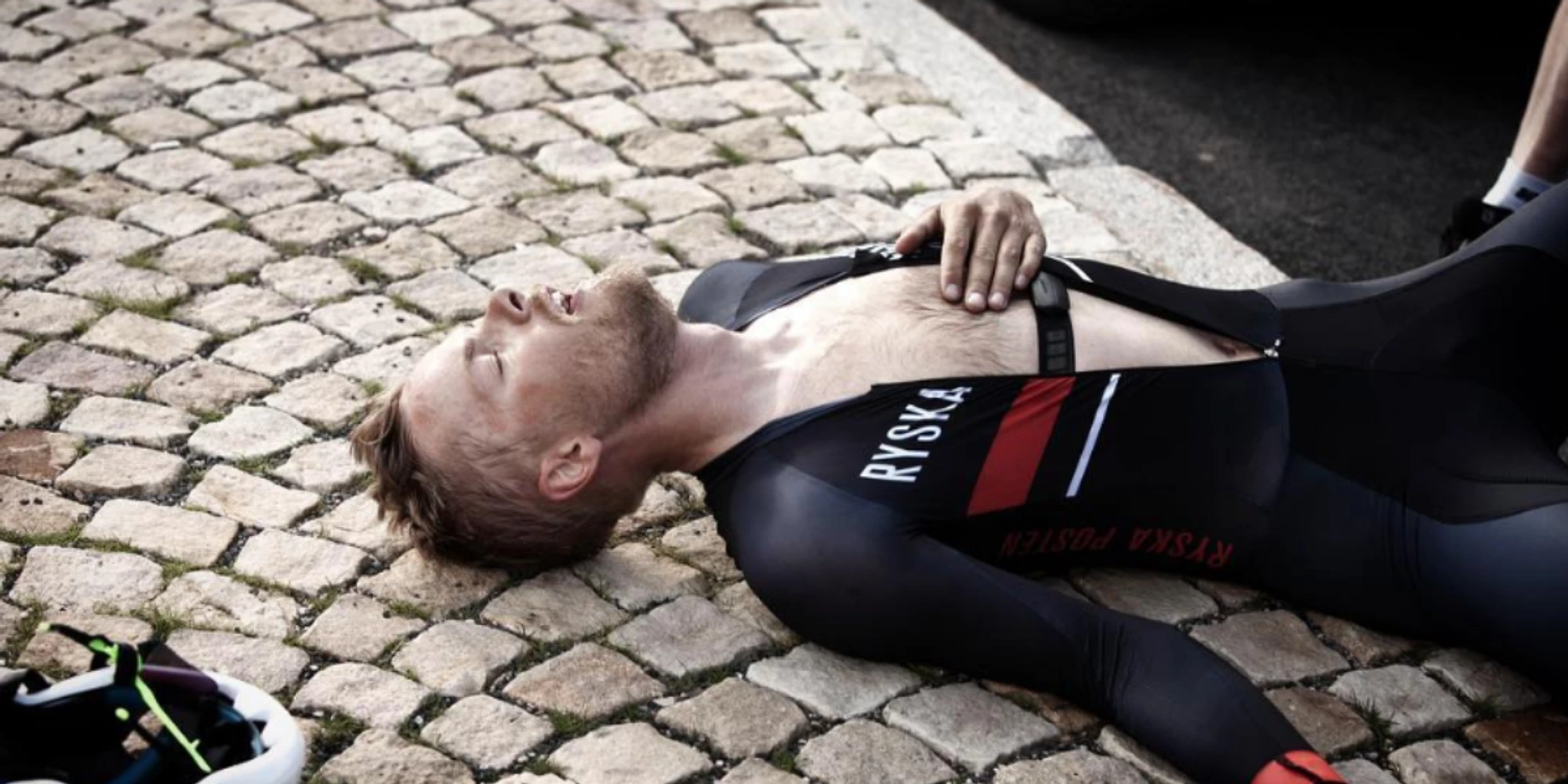
Basic Course in Exercise Physiology - Part 3
Basic Course in Exercise Physiology - Part 3
Before we can delve into the factors that limit our performance and which training aims to enhance, a small part should be dedicated to Anthropometry.
Anthropometry (body measurements)
Anthropometry involves the body's shape, height, weight, and body form. To a large extent, these factors are determined by our genetics; we all look different and, depending on height, weight, and muscle size, which determines our strengths and weaknesses. A tall cyclist weighing 85kg is probably better suited for flat races where a lot of power development is prioritized, while a cyclist weighing 62kg and being 172 cm tall should perform better in the mountains. However, there are of course exceptions with tall, heavier athletes who perform very well uphill and vice versa.
Everyone can improve their weaknesses and further enhance their strengths, but our body dimensions largely determine performance through air resistance, gravity, or relative oxygen uptake, more on this below. We cannot change the height or bone structure, but body weight, muscle mass, and body fat percentage can be influenced by training and nutrition to a certain extent. However, trying to change one's starting point too much can also pose a risk. The risk of illness and injury increases at lower body fat percentages, so the pursuit of low body weight ultimately becomes negative for your performance.
Performance
The athletic performance is limited by various parameters that we will go through below. These can be used as a basis when explaining what an athlete does well or what they need to work more on.
Oxygen Uptake
By oxygen uptake capacity, we mean the amount of oxygen that the muscles can absorb during work, but also the limitation for the maximum aerobic capacity that humans have. Oxygen uptake has long been used to test athletes and assess our physical ability. Oxygen uptake is crucial to measure, but in elite sports, it has been found that other more competition-specific tests are better at determining performance. The maximum oxygen uptake that really well-trained athletes can maintain is for about 5-10 minutes, then the process becomes too anaerobic, and performance decreases.
Oxygen uptake is usually measured as Vo2max (Liters/min) or test value (Vo2max ml/kg/min). For athletes where one carries their own body weight, such as cycling, skiing, or running, the test value is a better metric since body weight plays an essential role. For rowers or canoeists, however, it's better to look at the pure liter value. A test value above 60 ml/kg/min is often seen as a threshold for very well-trained men and around 55 for women. But in many endurance sports at the elite level, it's not uncommon with test values up to 80-90 ml/kg/min for men and 65-75 ml/kg/min for women.
Utilization Rate
The utilization rate describes how close to their Vo2max a person can be over a specific time. Most often, the threshold is meant when talking about the utilization rate, i.e., the watt/speed/pulse one can maintain for about 1 hour. But it's actually a broader concept to describe the ceiling for work over a more extended period. For example, a marathon runner's utilization rate can be calculated as the percentage of Vo2max they can maintain over 42km, which is the marathon runner's utilization rate for their specific race distance.
For an "average" person, the utilization rate is around 60 percent of maximum oxygen uptake, while an elite athlete can have a utilization rate/threshold of 90 percent or even higher of Vo2max.
Work Economy
Two people with exactly the same Vo2max and work economy running a marathon can achieve two entirely different times. This difference can be due to many factors, but first and foremost is work economy. Work economy refers to how much oxygen an athlete uses at a determined load. What mainly affects the work economy is an individual's efficiency (biochemical efficiency), i.e., how much of the energy the body produces is actually used to propel you forward. A significant part of the "wasted energy" becomes heat, with a more trained person producing less "wasted energy."
Another factor affecting work economy is muscle properties (e.g., muscle fiber composition, muscle length, and attachment points to the skeleton, etc.). Another factor is the athlete's technique. Work economy can be influenced to some extent by technique training but is mostly innate.
The goal of training should, therefore, be to have high values in all three factors mentioned above. However, research suggests that it is not possible to have maximum values in all parts simultaneously. An athlete with a very high oxygen uptake often struggles to have optimal work economy and utilization rate, for example.
In addition to performance, factors like tactics and psychology also play a role. How the athlete feels before a competition plays a significant role. Or how they set up their race, starting speed, and how they relate to opponents, weather, etc.
Finally, we come to nutrition, the part that Umara focuses most on. You may have optimized all the parts mentioned above, but if you don't have a good build-up and energy plan for your competition, it doesn't matter; you won't be able to perform at your best anyway. But under "Learn more" on Umara, you can find valuable information to combine training and nutrition for optimal performance!
In the 4th and final part of the Training Theory series, we will continue with more practical tips regarding training and training zones.

